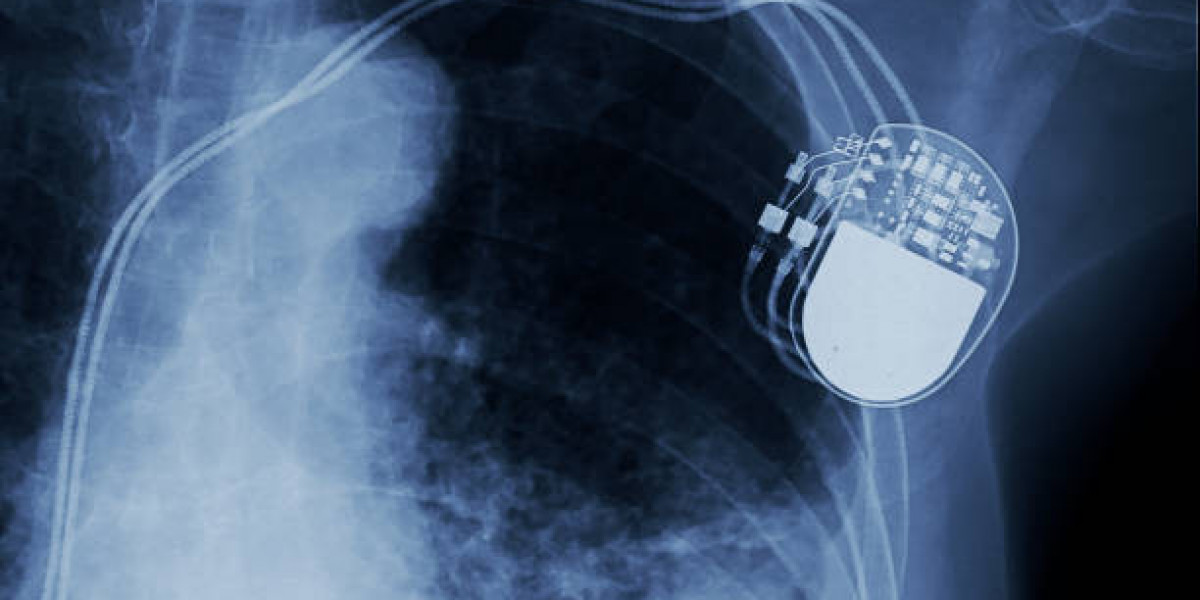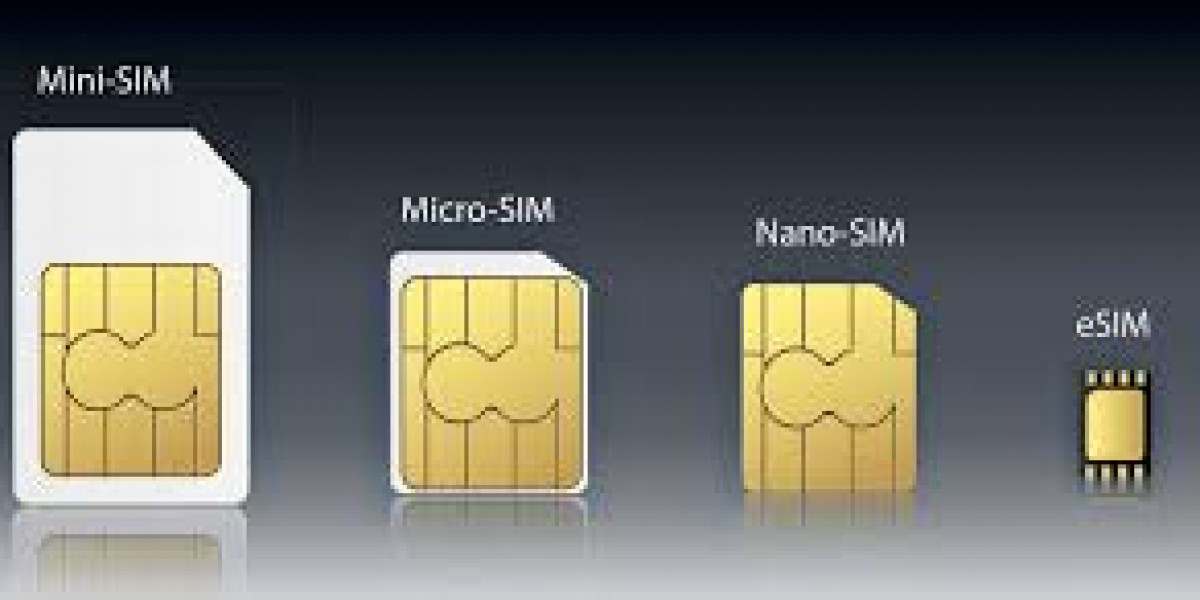The cardiac pacemaker market has experienced remarkable growth in recent years, driven by technological advancements and increasing global demand for heart disease management. Pacemakers, which are devices implanted in the chest to regulate heartbeats, have evolved significantly since their inception. Modern pacemakers are more sophisticated, smaller, and offer more features than ever before. In this article, we explore the innovations shaping the cardiac pacemaker market today.
Miniaturization and Implantable Devices
One of the most significant innovations in the cardiac pacemaker market is the miniaturization of pacemaker devices. Traditional pacemakers were bulky and required larger incisions for implantation. However, new advancements in materials and engineering have led to the creation of ultra-small, minimally invasive pacemakers. The introduction of leadless pacemakers, for instance, eliminates the need for leads (wires that connect the pacemaker to the heart), making the procedure less invasive and reducing the risk of complications like infections.
The leadless pacemaker is typically implanted directly into the heart's right ventricle via a catheter inserted through the femoral vein. These devices offer the advantage of reducing the need for a large surgical incision, minimizing recovery time, and improving patient comfort. The popularity of leadless pacemakers is growing, especially for patients who require long-term cardiac pacing but prefer a less invasive option.
Remote Monitoring and Telemedicine
Another critical innovation in the cardiac pacemaker market is the integration of remote monitoring and telemedicine. Remote monitoring technology allows healthcare providers to track pacemaker performance and patient health data from afar, reducing the need for frequent in-person visits. This is especially valuable for elderly patients or those in remote areas who may have difficulty accessing healthcare facilities.
Modern pacemakers are equipped with wireless communication capabilities that enable data transmission to a central monitoring system. Physicians can receive real-time updates on the pacemaker’s performance, detect any irregularities, and make necessary adjustments to the device remotely. This capability improves the management of patients with pacemakers, enhances the speed of intervention, and reduces the need for unnecessary hospital visits.
Telemedicine also enhances the quality of life for pacemaker recipients by providing continuous, real-time support. In addition to pacemaker monitoring, patients can consult with healthcare providers from the comfort of their homes, receiving timely feedback on their treatment progress and overall health.
Dual-Chamber and Biventricular Pacemakers
The development of dual-chamber and biventricular pacemakers has provided a significant advancement in the treatment of complex heart conditions, such as heart failure. Dual-chamber pacemakers are designed to synchronize the contractions of both the atrium and the ventricle, helping to ensure more efficient blood flow and reducing symptoms like shortness of breath and fatigue.
Biventricular pacemakers, often used in cardiac resynchronization therapy (CRT), are essential for patients with advanced heart failure. These devices are designed to stimulate both the left and right ventricles simultaneously, ensuring the heart pumps in a more synchronized manner. This innovation has been a game-changer for patients with heart failure who previously had limited treatment options. CRT has been shown to improve patient outcomes, reduce hospitalizations, and extend survival rates in heart failure patients.
Biocompatible Materials and Long Battery Life
Battery life and biocompatibility are critical considerations in the design of pacemakers. Historically, pacemaker batteries would need to be replaced every 5-10 years, necessitating additional surgeries. However, advancements in battery technology have significantly extended the lifespan of modern pacemakers. Some of the latest models are designed to last up to 15 years, reducing the need for frequent replacements and improving patient convenience.
Additionally, manufacturers are increasingly using biocompatible materials in pacemaker construction. These materials reduce the risk of adverse reactions in the body, enhancing the overall safety of pacemaker implantation. Improved materials also contribute to the miniaturization of pacemakers, enabling the development of smaller, more efficient devices.
Artificial Intelligence and Machine Learning Integration
The integration of artificial intelligence (AI) and machine learning (ML) into pacemaker technology is one of the most exciting developments in the field. AI and ML algorithms can analyze data collected from pacemakers and predict potential health risks, such as arrhythmias or heart attacks. These technologies can also assist in fine-tuning pacemaker settings to optimize performance for individual patients based on their unique health profiles.
By analyzing vast amounts of patient data, AI can help physicians make more accurate diagnoses and treatment decisions. This personalized approach to patient care is revolutionizing how pacemaker therapy is managed, improving patient outcomes, and minimizing risks associated with under- or over-pacing.
The Future of Cardiac Pacemakers
Looking ahead, the future of cardiac pacemakers is filled with possibilities. Researchers are exploring ways to incorporate advanced wireless technologies, further miniaturize devices, and integrate pacemakers with other therapeutic technologies. There is also ongoing research into bioelectronic medicine, where pacemakers could be designed to deliver electrical impulses to not only regulate the heart but also influence other organs and systems within the body.
Moreover, the growing trend of patient-centric healthcare will likely drive further innovations in the pacemaker market, emphasizing convenience, accessibility, and customization for individual patient needs.
Conclusion
The cardiac pacemaker market has seen impressive innovations in recent years, driven by technological advancements that enhance patient outcomes and improve the quality of life for those with heart conditions. From miniaturization and leadless devices to remote monitoring and AI integration, the future of pacemakers looks bright. As the technology continues to evolve, pacemakers will become even more personalized, efficient, and accessible, offering hope and better health management for millions worldwide.
See More Details : https://www.pristinemarketinsights.com/cardiac-pacemaker-market-report








